Children in Conflict: A Window into Global Solidarity and Humanitarian Resolve
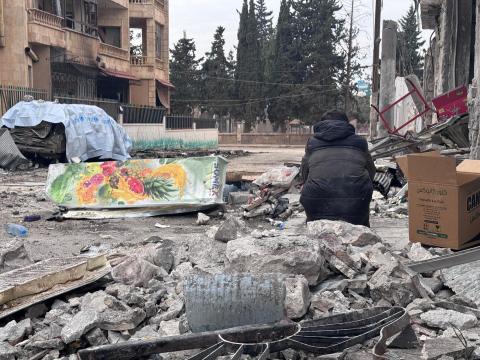
Bruno Atieh, the UN Representative for Humanitarian Affairs and Sr. Policy and External Engagement Advisor, World Vision, reflects on the urgent need to protect children affected by armed conflict, highlighting the importance of preserving humanitarian access and defending the integrity of the Children and Armed Conflict (CAAC) mandate. Principled partnerships and evidence-based advocacy are vital to ensure children's rights and safety remain central to global humanitarian and policy efforts.
A Critical Moment for Children Caught in Crisis
In a world affected by protracted conflict, displacement, and crumbling humanitarian norms, children are often the first to suffer and the last to be protected. In New York, where humanitarian policy is debated and shaped, I recently took part in a series of high-level engagements that left me both reflective and resolute. From bilateral meetings with UN agencies and Permanent Missions to the UN Security Council’s annual Open Debate on Children and Armed Conflict (CAAC), one theme echoed loudly: preserving humanitarian access and protection for children is not just urgent, it is a non-negotiable collective responsibility.
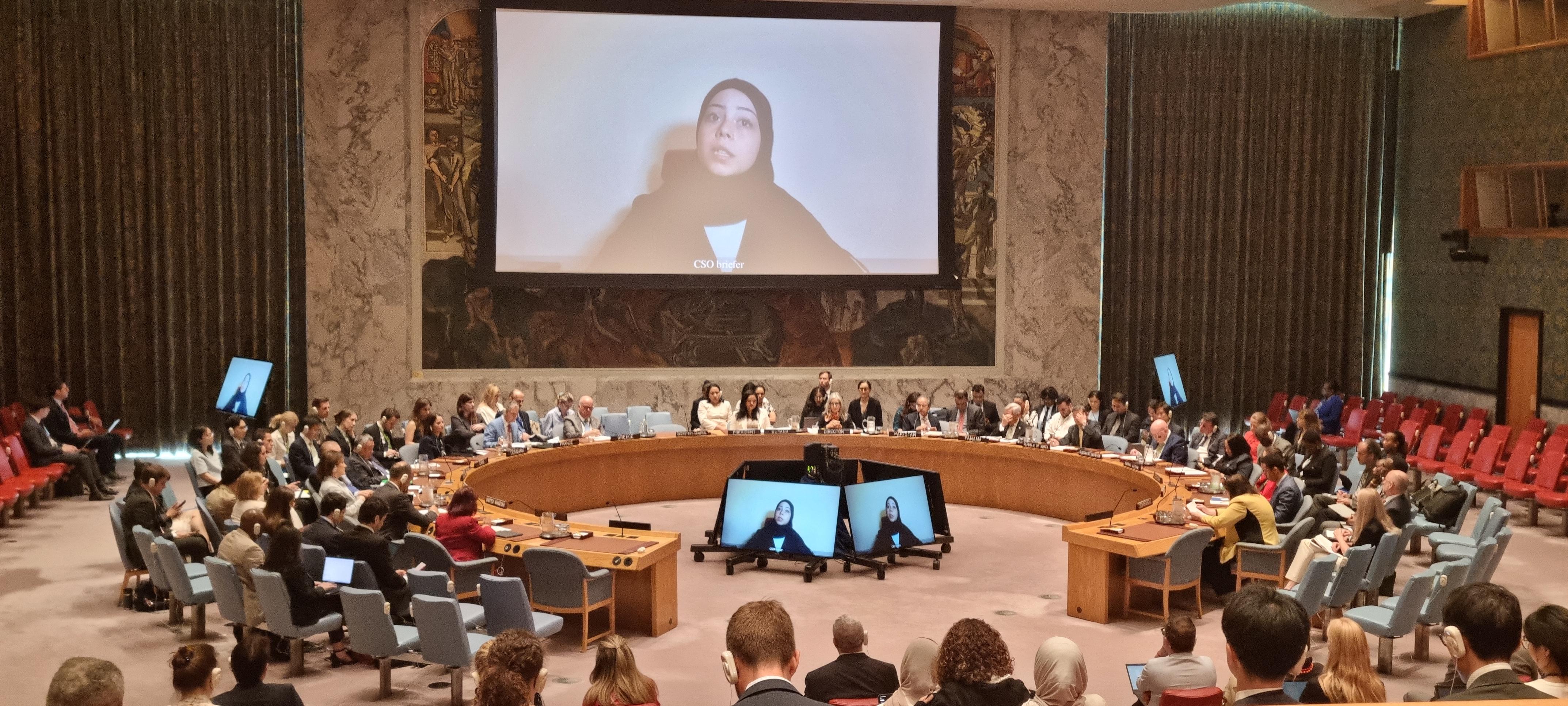
Bearing witness to advocacy from the front lines
As someone regularly engaged in these policy spaces and deployed to complex emergencies, I approach these discussions not only as a policy advocate but as a witness to the realities on the ground. In Sudan, for example, I’ve seen firsthand how denial of humanitarian access jeopardises not only aid operations but the very survival of children. Bureaucratic impediments, violence, and disregard for International Humanitarian Law (IHL) translate into malnutrition, disrupted education, and trauma that can last a lifetime.
In New York, these field insights help shape my contributions to meetings and debates. They have been met with growing recognition: policy must remain grounded in reality if it is to protect children meaningfully.
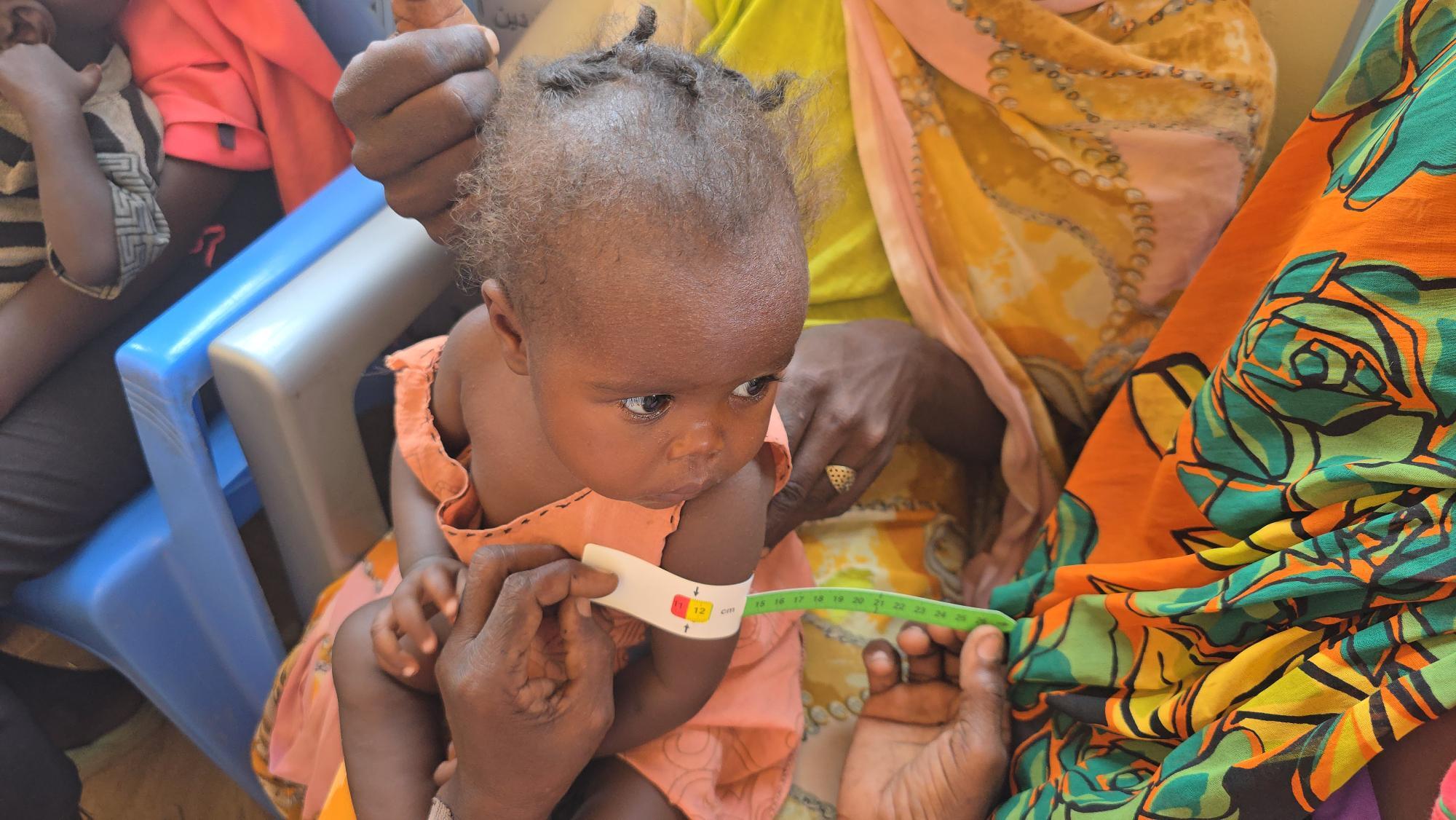
CAAC, a mandate worth defending
One of the most pressing concerns raised during the week was the integrity of the CAAC agenda. There is growing pressure to streamline or merge mandates under broader human rights or protection umbrellas. However, such restructuring, while well-intentioned, risks dismantling what has been painstakingly built over the course of decades.
The CAAC mandate is not just another framework. It is a unique mechanism with powerful tools: the Monitoring and Reporting Mechanism (MRM), direct engagement with armed actors, and formal Action Plans. These instruments have opened doors for tangible, political-level change. Merging them into broader thematic agendas would mean fewer resources, reduced visibility, and greater risk for children in armed conflict.
Equally at stake is the independence and seniority of the Special Representative of the Secretary-General (SRSG) for CAAC. Diluting this role would jeopardise the very access to high-level decision-making that is needed to drive change for the most vulnerable.
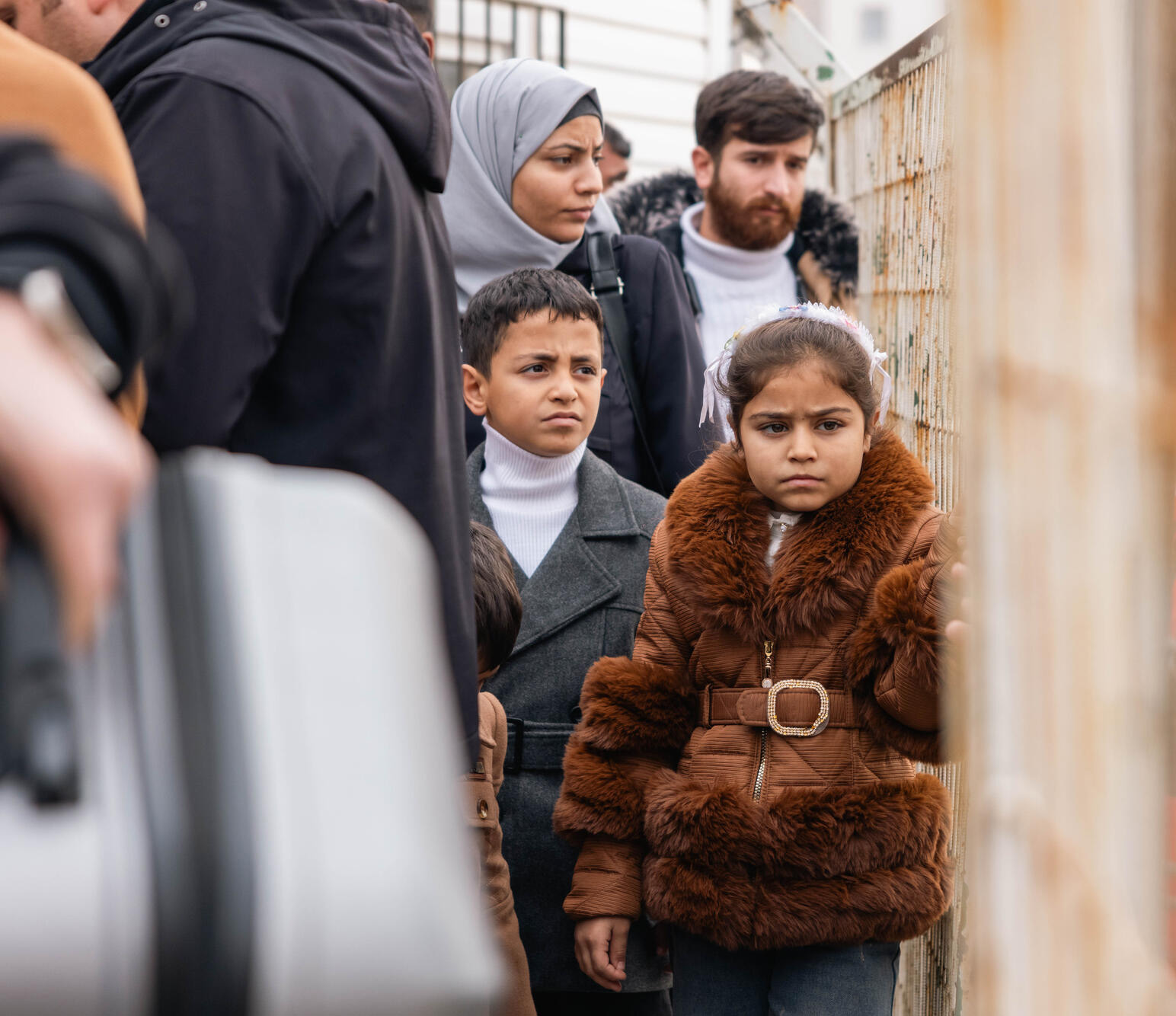
Evidence, urgency, and the stakes for children
The Security Council’s CAAC Open Debate on June 25, held under the presidency of Guyana, brought these issues into sharp focus. With 90 speakers, the highest in six years, the debate centred on the use of explosive weapons in populated areas (EWIPA) and sexual violence against children, especially girls. Around 40 Member States referenced the EWIPA Declaration, and many raised concerns about increasing denials of humanitarian access. The resonance of these messages reaffirmed that the CAAC agenda remains central to global peace and security efforts.
A day later, I joined CAAC experts to reflect on the debate’s outcomes. The discussion was blunt: we must act now to safeguard the access and support children need in conflict zones. Bringing the veracious reality of Sudanese children, I cited critical examples of food aid, education and mental health services remaining out of reach for millions due to constrained access and ongoing hostilities. What is at stake is not abstract. It’s a child missing a meal, a girl denied schooling, a boy conscripted by force, a family pushed to flee once again.
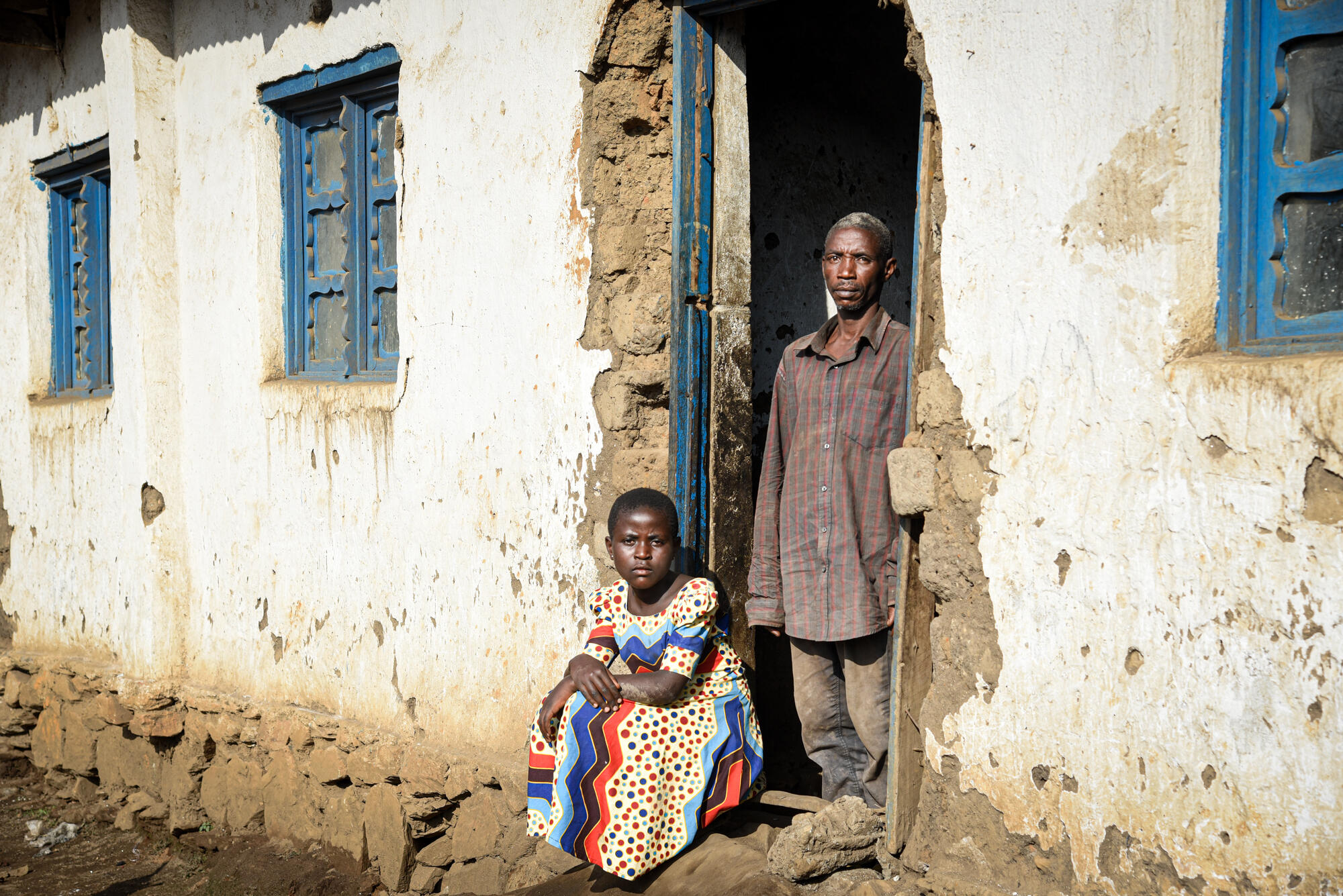
Sustaining solidarity through principled partnerships
What encouraged me most throughout my time in New York was the spirit of collaboration. In conversations with UN officials, Member States, and civil society peers, I observed a growing openness to working differently, with less duplication, greater coherence, and deeper trust in those who bring field knowledge into policy forums.
This mindset is vital as we navigate the humanitarian reset. Localisation, innovation, and prioritisation are no longer abstract discussions. They are reshaping how we work and how we stay accountable. At World Vision, we see the compounded effects of access denial every day, especially on children. That is why we remain active in high-level forums: not to speak for communities, but to bring their lived realities into spaces where decisions are made.
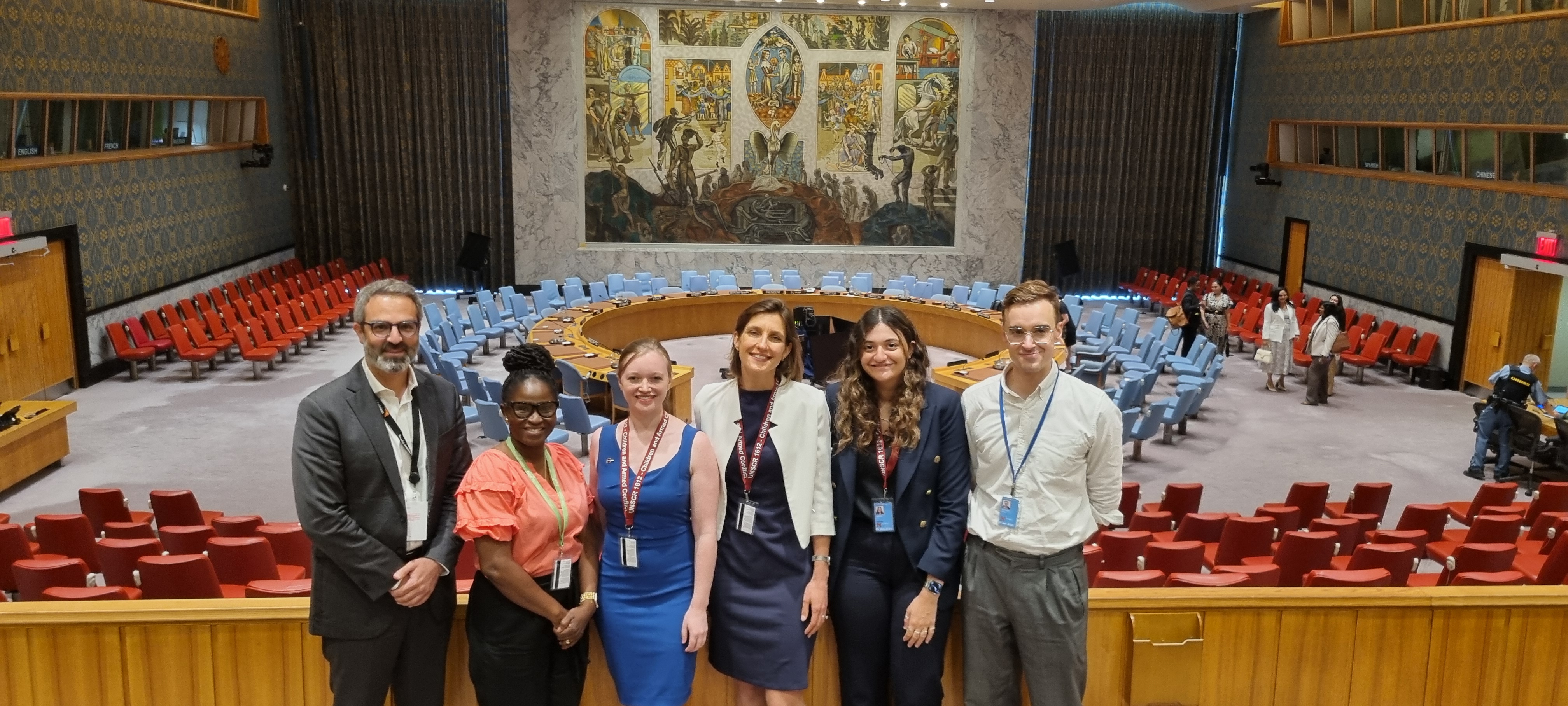
A Call to Action: Protect what matters most
Leaving New York, I carried with me a renewed sense of resolve, not because the challenges are fewer, but because the will to address them is growing. Advocacy is not simply about speaking; it’s about listening, building trust, and sustaining dialogue over time.
As the CAAC agenda continues to evolve, let us not weaken it through compromise. Let us instead double down on what works: dedicated mandates, focused tools, and unwavering political support. Let us ensure that access, protection, and accountability for children in armed conflict remain front and centre and not as optional considerations, but as foundational commitments.
Ultimately, global solidarity is not built overnight. It is sustained through principled partnerships, evidence-informed decisions, and a shared determination to protect the world’s most vulnerable: our children.